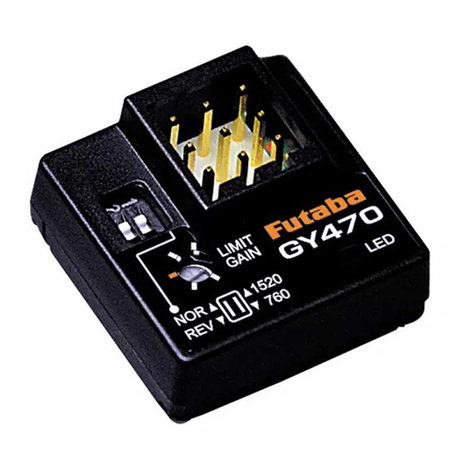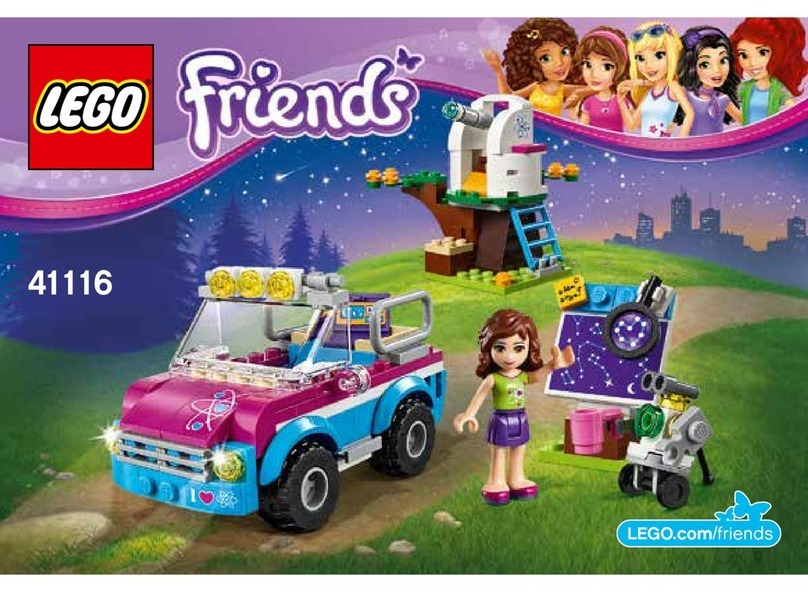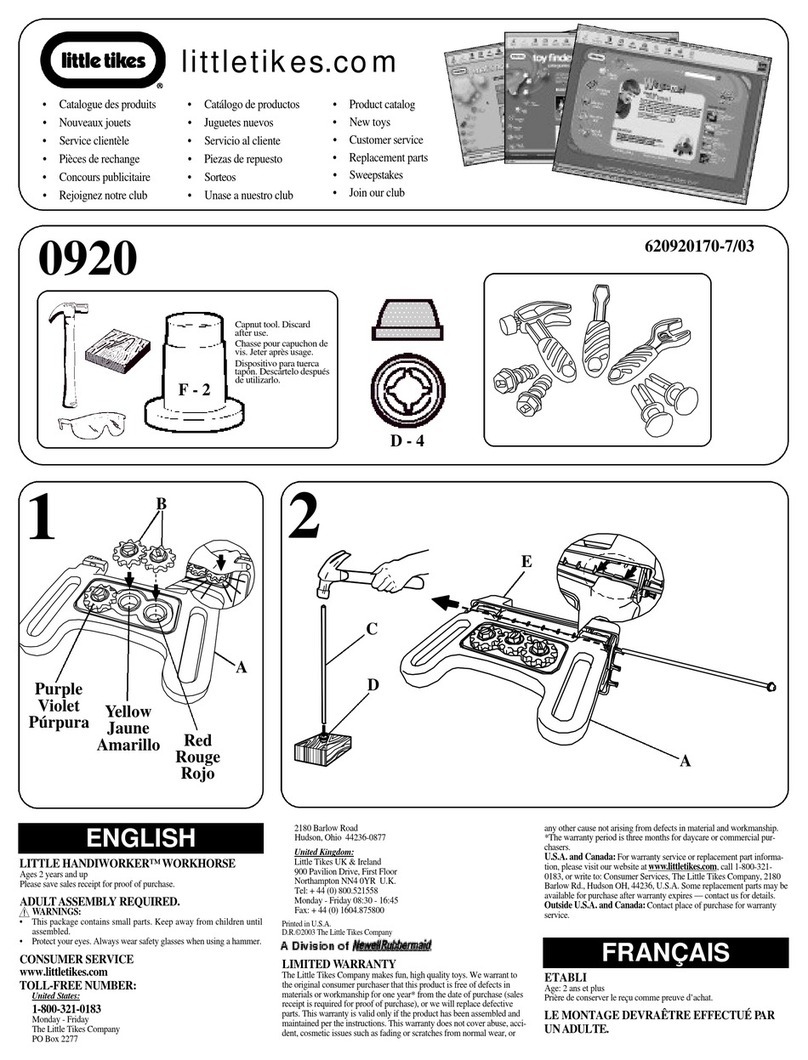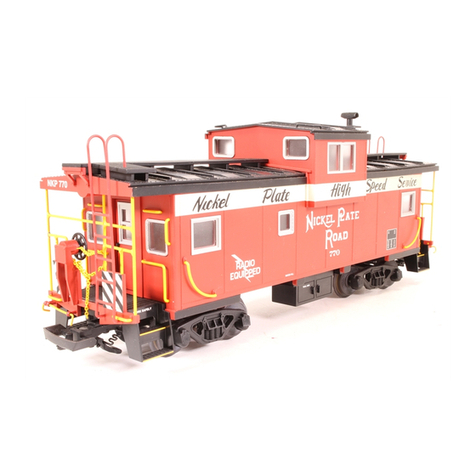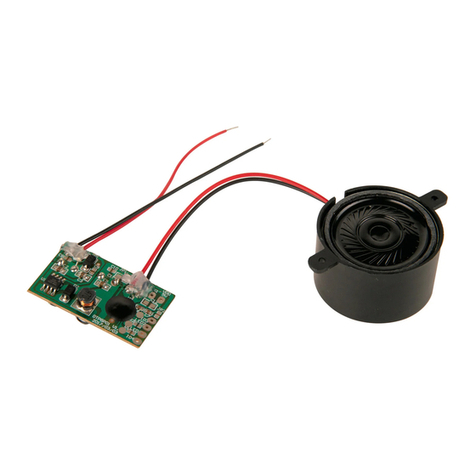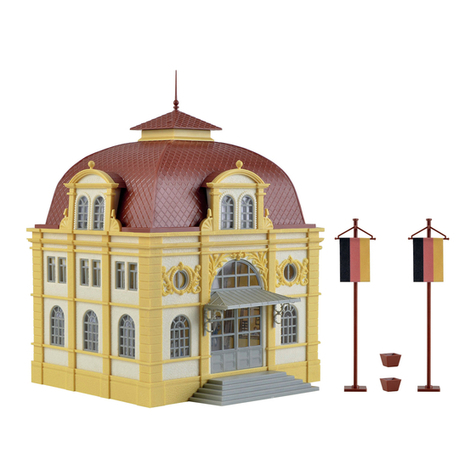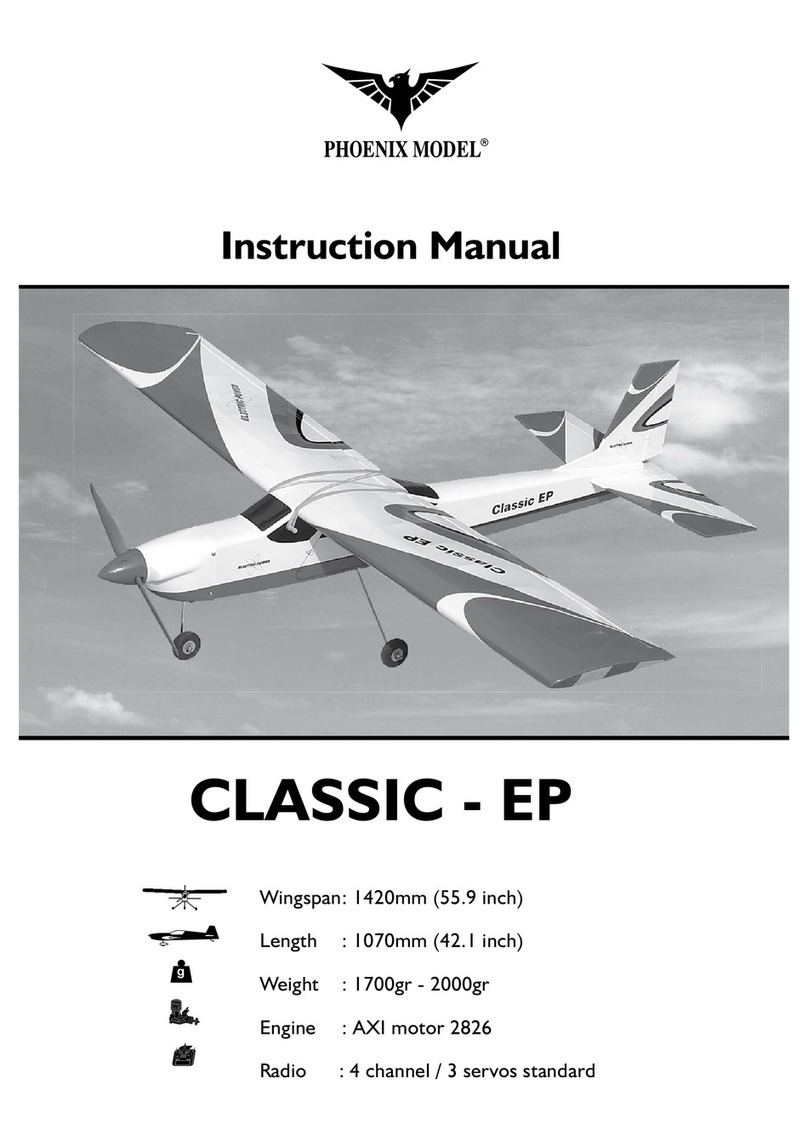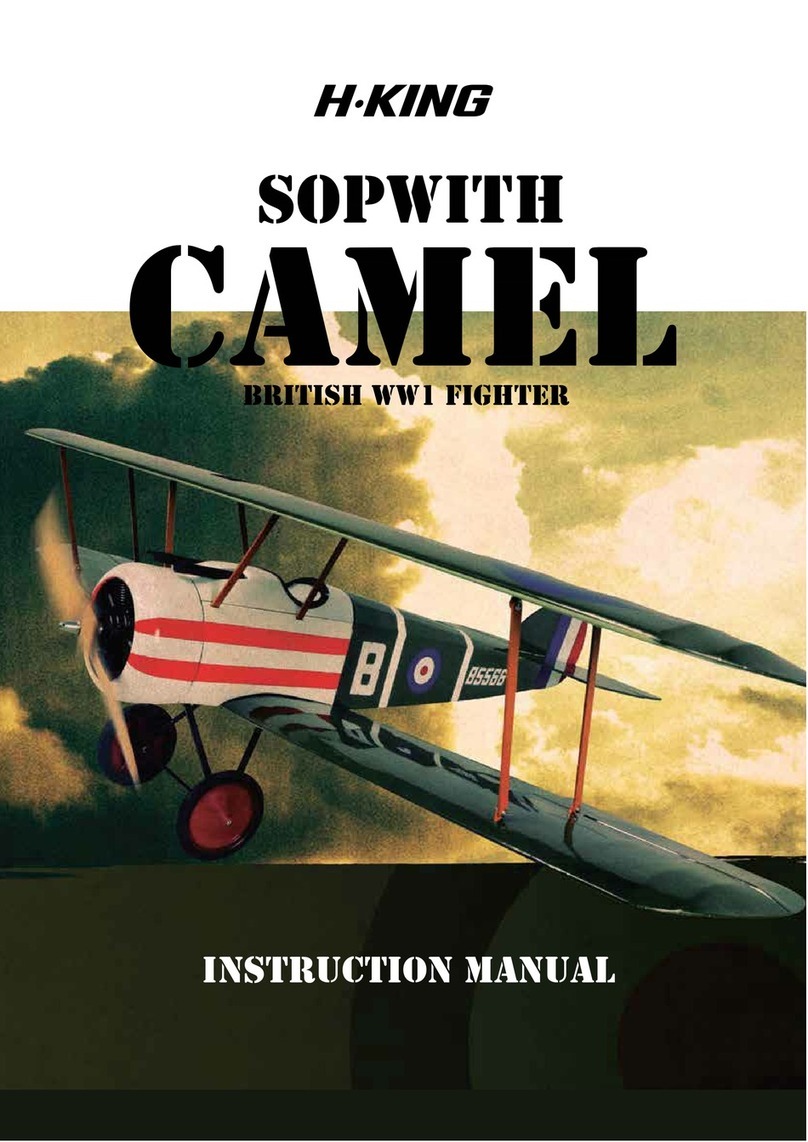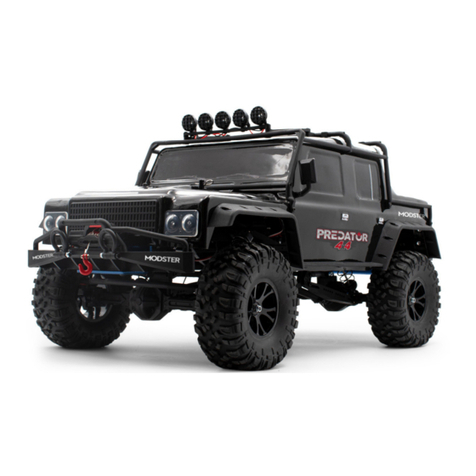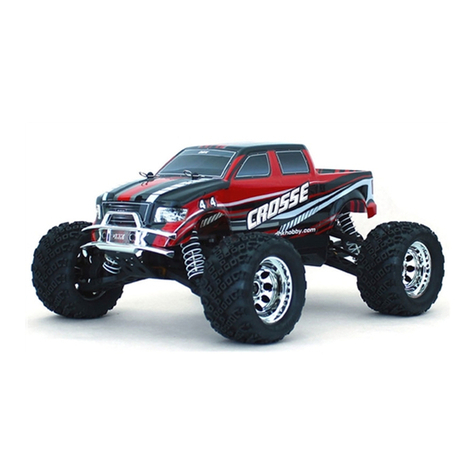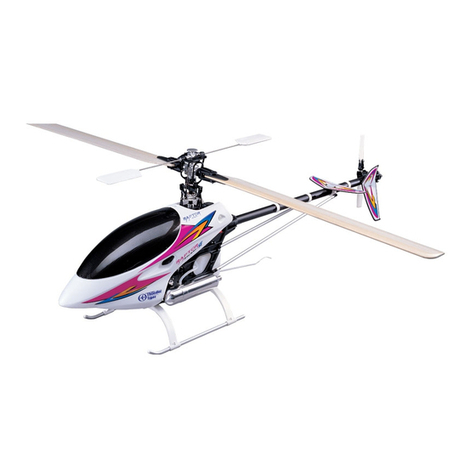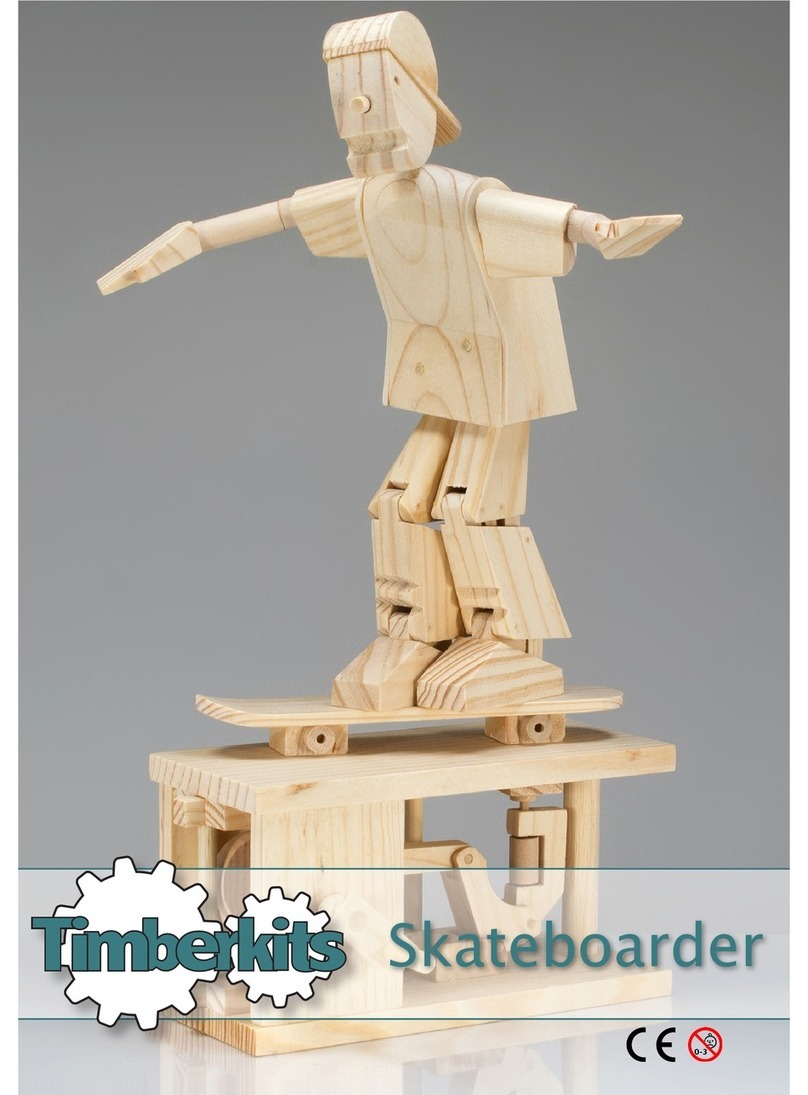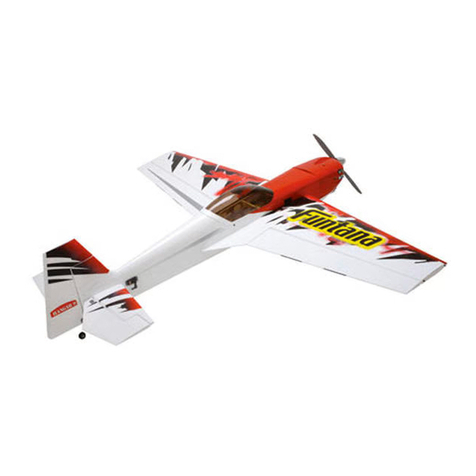
Page 2
FOR YOUR SAFETY - PLEASE READ AND UNDERSTAND THESE WARNINGS
lAlways turn on your transmitter before turning on
the aircraft and always turn off the aircraft before
turning off your transmitter.
l Always unplug the battery when not ying the
aircraft.
lNever cut the receiver antenna shorter or you
couldlosecontroloftheaircraftduringight.
l Whenyingtheaircraft,makesureyourtransmitter
antenna is completely extended.
lNever attempt to disassemble or modify any of
the radio control system components.
lAll instructions, warnings, and cautions must be
followed at all times. Failure to do so can lead to
serious injury or re. Do NOT use this product
before reading and understanding all directions
and warnings.
l Thisproductmayexplodeorcatchre.Serious
injury,lossofproperty,reanddeathcanresult
from misuse of this product.
lDo NOT use or charge if the battery is hot.
lDo NOT leave in direct sunlight or in a hot car
or storage area. Do NOT get wet or expose to
moisture.
lDo NOT overcharge. Maximum voltage for each
battery must be followed.
l DoNOTshort-circuitthebattery.Checkpolarity,
then connect battery to charger.
lONLY discharge and charge the battery outdoors
orinaresafecontainer.
lDo NOT leave the battery connected when not in use.
lDo NOT operate or charge unattended.
lDo NOT use the battery if you do not understand
the warnings and proper use of the battery.
lAlways let the battery cool and 'rest' between uses
and charging. Do NOT charge inside your car or
inside your house.
l Werecommend theuseof aresafecontainer
when charging or storing.
lInspect the battery before each use for swelling or
other malformation. If the battery has ballooned,
it MUST be discarded.
lDo NOT over-discharge or exceed maximum
discharge.
l DoNOTpoke,bendordamagethebattery.The
outer casing is soft and can be damaged.
lThe battery must never exceed 71º Celsius
(160º Fahrenheit) for any reason.
l Donotyyouraircraftifanothermodelisonthe
same frequency as you.
l Neveryyouraircraftfromthestreetoratnight.
Alwaysyinanopenareafreeofobstructions.
l When flying, make sure any spectators are
behind you.
lAlways be conscious of the spinning propeller. Be
careful not to allow loose clothing to be drawn into
the propeller.
lBecause your aircraft is operated by radio control,
itisimportanttomakesureyouarealwaysusing
fresh and/or fully charged batteries. Never allow
the batteries to run low or you could lose control
of the aircraft.
lNever attempt to disassemble any of the aircraft's
components, especially the electronics.
lDo not allow any of the electrical components to
get wet or electrical damage may occur.
l Youshouldcompleteasuccessfulrangecheck
of your radio equipment prior to each new day
of ying, or prior to the rst ight of a new or
repaired aircraft.
lIf your aircraft gets dirty, do not use any solvents
to clean it. Solvents will damage the foam and
plastic. Use a dry cloth to clean any dirt from the
outside of the aircraft.
GENERAL WARNINGS
RADIO CONTROL SYSTEM WARNINGS
LITHIUM POLYMER (LI-PO) BATTERY
WARNINGS - YOU MUST READ THIS
BEFORE CHARGING THE BATTERY
